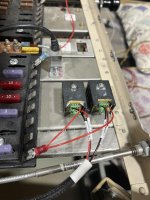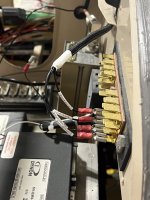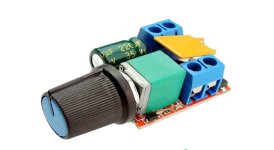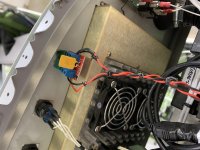I have the Perihelion Designs dimmers from Steinair. Got to wiring them today and immediately ran into confusion. The diagram shown has two outputs, one switched and one variable. I have tried every which way to get the dimmer to dim my LEDs with no luck.
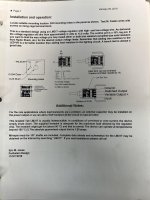
Obviously I am doing something wrong.
Here's how I hooked stuff up:
Dimmer input connected to 14.2v DC
Dimmer ground connected to ship's ground
then two tries to get dimmer to dim as follows:
1.
(-) wire from LED to ship's ground
(+) wire from LED to switched output on dimmer
LED's light up but do not dim
2.
(-) wire from LED to ship's ground
(+) wire from LED to variable output on dimmer
LED's light up but do not dim
What am I missing? I got online as suggested in the instructions but got even more confused.

Obviously I am doing something wrong.
Here's how I hooked stuff up:
Dimmer input connected to 14.2v DC
Dimmer ground connected to ship's ground
then two tries to get dimmer to dim as follows:
1.
(-) wire from LED to ship's ground
(+) wire from LED to switched output on dimmer
LED's light up but do not dim
2.
(-) wire from LED to ship's ground
(+) wire from LED to variable output on dimmer
LED's light up but do not dim
What am I missing? I got online as suggested in the instructions but got even more confused.




